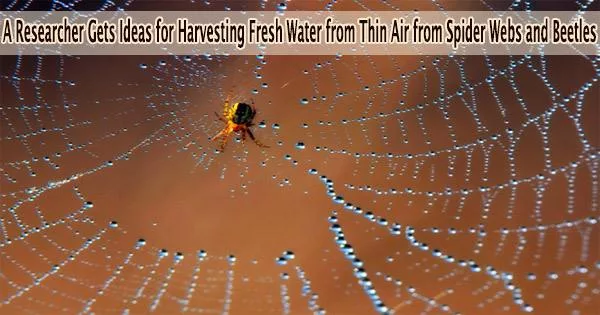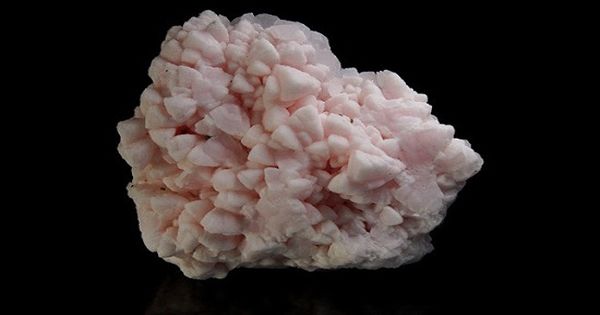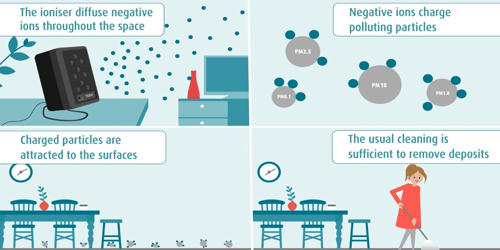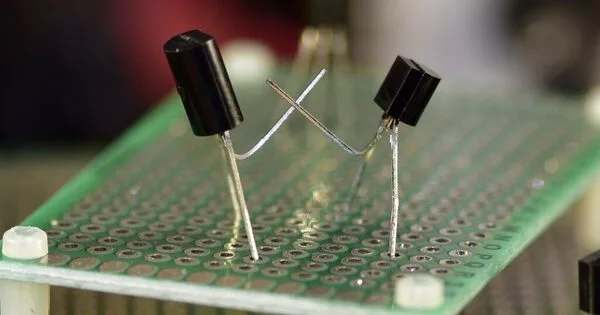A group of scientists is developing cutting-edge technology to collect and convert liquid the water vapor in the air.
Professor Michael Tam of the University of Waterloo and his PhD pupils Yi Wang and Weinan Zhao have created sponges or membranes with a sizable surface area that continuously absorb moisture from their surroundings.
Traditionally, fresh water for consumption is collected from rivers, lakes, groundwater, and oceans (with treatment). Due to the severe problem of freshwater scarcity, Dr. Tam is now researching technologies that are inspired by nature to capture water from alternate sources.
“A spider’s web is an engineering marvel,” said Tam, a University Research Chair in the field of functional colloids and sustainable nanomaterials. “Water is efficiently captured by the web. The spider doesn’t need to go to the river to drink, as it traps moisture from the air.”
Similar to Namib desert beetles, who lack simple access to water, they obtain water by leaning into the wind and using their textured body armor to collect water droplets from the fog. This allows the moisture to accumulate and drip into their mouths.
Tam and his research group are engaged in biomimetic surface engineering for sustainable water harvesting. One technology Tam is designing is called atmospheric water harvesting.
A spider’s web is an engineering marvel. Water is efficiently captured by the web. The spider doesn’t need to go to the river to drink, as it traps moisture from the air.
Professor Michael Tam
Tam’s research team is developing a comparable surface structure to the beetle’s special surface structure utilizing a cellulose-stabilized wax emulsion to create surfaces that draw small water droplets while quickly releasing bigger ones.
Tam is developing sustainable solutions using materials with a net zero carbon footprint, such as those derived from plants and the natural world. His research group is developing technologies that capture and repel water droplets by harnessing the power of interfacial science and nanotechnology.
He has successfully developed superhydrophobic and waterproof paper. He is also engineering a smart and tunable surface that captures water from the air and dehumidifies it with minimal energy consumption.
The next step is to develop a scalable process to engineer such surfaces.
Systems for direct solar energy harvesting use evaporation to produce fresh collected vapour from water after absorbing it. The clever biomimetic structural designs for solar evaporation were inspired by distinctive mushroom structures.
The suggested freshwater generation technologies are economical, eco-friendly, and energy-efficient. In a recent publication in Nature Water, Tam and his team discuss several promising new water collection and purification technologies.
















